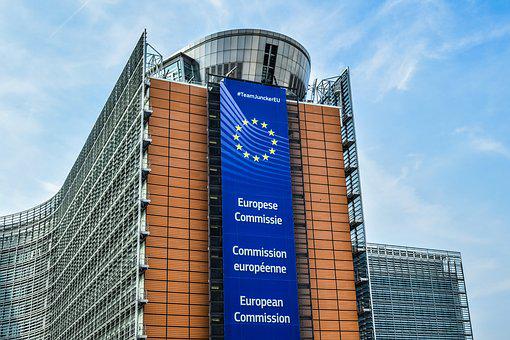In a move signifying its intent, the European Union has finally signed off on the Market in Crypto Assets (MiCA) regulations to provide comprehensive guidelines for crypto services providers.
EU Endorses Industry-Wide Regulations
On October 5, the European Union Council endorsed and released the official text of the long-awaited Markets in Crypto Assets (MiCA) law. T
The legislation, set to go into effect in 2024, still needs to be approved by the EU Parliament. The expected date of the vote is scheduled for December.
Mica brings a crypto licensing mechanism for the EU and requirements for stablecoins and exchange identity verification.
The main aspects of the Act were agreed upon in June after intense diplomatic talks between the EU and lobbying groups.
Moreover, the EU stated that MiCA would establish high consumer protection standards. It would also ensure a competitive environment in the “Wild West of cryptocurrency.”
Meanwhile, the crypto community in the EU has embraced the published text of the crypto rule.
According to MiCA, it will broadly classify crypto assets for regulation to keep up with the changing landscape. The digital asset market is rapidly changing, and regulators need to be updated with the direction.
The Act defines three types of crypto assets subject to its jurisdiction. There are eMoney (stablecoins), Referenced Assets, and Utility Assets. All the assets mentioned above have specific use cases.
Furthermore, the EU has outlined strict regulatory compliance requirements that issuers of crypto assets must follow. In addition, there must be strict adherence to disclosure and information rules established by the European Securities and Markets Authority (ESMA).
It gives the ESMA authority to decide what information crypto asset issuers must include in their white papers. Additionally, it has particularly rigorous standards for stablecoins.
MiCA’s View on Stablecoins
Stablecoin reserves must be “separated and shielded,” and consumers must be “fully protected in the event of bankruptcy.” Non-Euro stablecoins are restricted to a daily trading volume of 200 million Euros within the bloc.
However, there have been increasing concerns from the EU over the fate of the digital Euro. Thus, the recent curbs are done to safeguard the proposed digital token for the EU.
The regulations on stablecoins are expected to affect the largest coins like Tether, USDC, and BUSD. All three are pegged to the U.S. Dollar. EU monetary authorities believe that the dollar-dominated coins are in excess supply, hence the need for their reduction.
For non-fungible tokens (NFT), MiCA is not yet clear on its classification. However, they may be categorized as “unique or non-fungible” digital assets.
Some of the rules include requiring CASPs to protect consumer wallets. The exchanges are liable for the loss of consumers’ digital currencies.
To stop EU-licensed service providers from interacting with non-compliant and unsupervised CASPs, the European Banking Authority (EBA) will keep a public register of them.
However, many in the EU Web3 community have expressed concerns over the EBA’s involvement. They believe that regulators would burden the industry with different compliance requirements.

